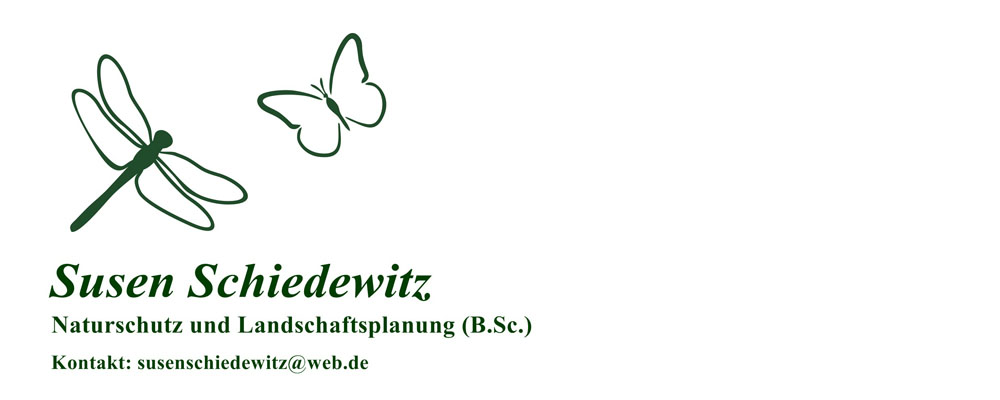
Butterflies
in the Ostfalen Technology Park
Butterflies are considered as suitable indicators for assessing the state of a landscape, because on the one hand they are easy to observe, but on the other hand they are sensitive to negative environmental influences and disappear from areas with insufficient living conditions. The availability of suitable caterpillar feed plants, a diverse range of nectar and sufficient hibernation quarters are important prerequisites for ensuring that the multi-stage development process from egg to flightable butterfly can proceed undisturbed
While the caterpillars of some species feed exclusively on sweet grasses, others rely on the presence of certain wild herbs and perennials. Others only eat the leaves of certain trees. According to this, the more species of butterflies occur in an area, the more species-rich its plant species composition is. In addition, most types are dependent on a gentle form of land use.
In order to increase the quality of the living space in the technology park for wild animal and plant species, part of the large green areas in the technology park are cleverly maintained by NABU Barleben. Particular attention is paid to protecting the insect fauna, which is declining declining everywhere.
Between mid-April and mid-September 2019, with the financial support of LOTTO Saxony-Anhalt, a systematic inventory of diurnal butterflies (butterflies) was carried out in the technology park for the first time. Various types of meadow were examined weekly for their butterfly density and diversity.
As a result, 28 butterflies could be detected in the TPO, including three from the Red List of the State of Saxony-Anhalt. Some of the species were found regularly and in a relatively high density of individuals, however, only a few individuals occurred from some butterflies.
The complete project report can be requested from NABU Barleben.
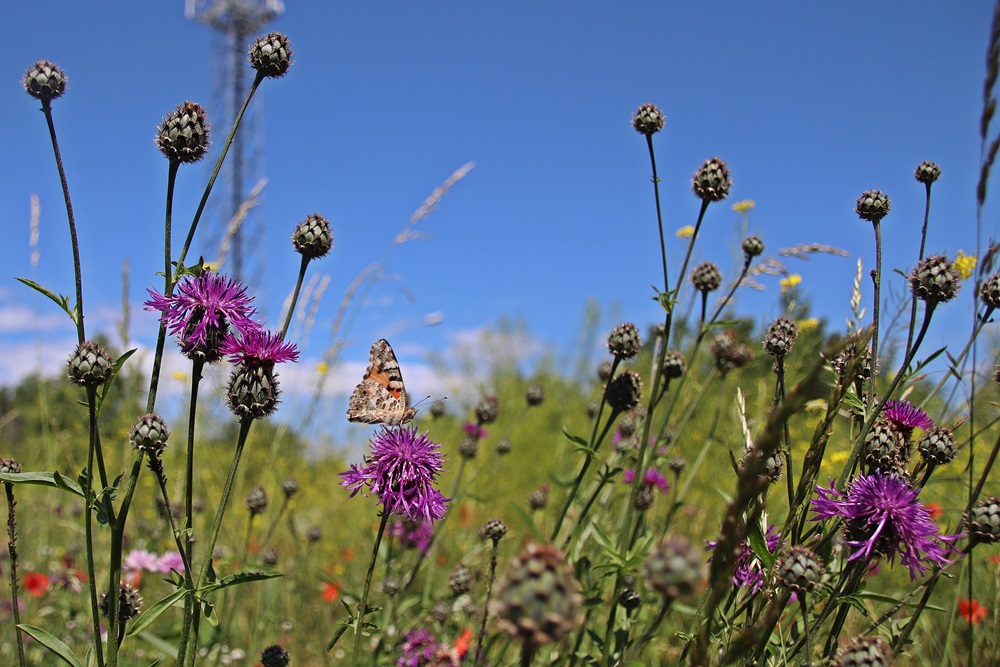 A particularly high number of Painted Lady (Vanessa cardui) was observed. While countless specimens of the butterfly flew into Germany in mid-June, the flowery meadows in the TPO represented important "rest areas" during their transit.
A particularly high number of Painted Lady (Vanessa cardui) was observed. While countless specimens of the butterfly flew into Germany in mid-June, the flowery meadows in the TPO represented important "rest areas" during their transit.
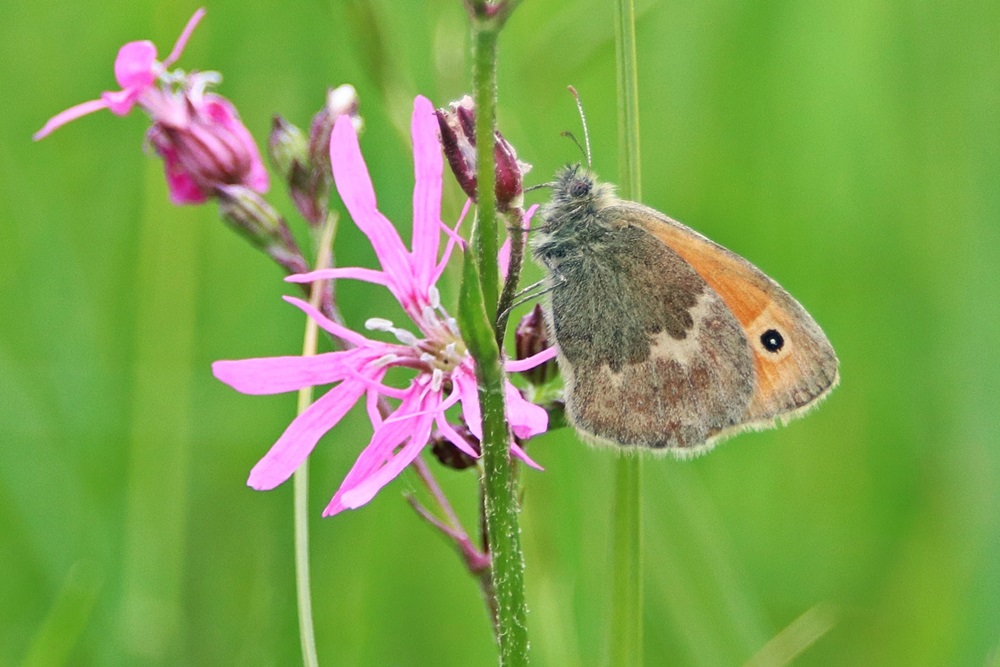 The Small Heath (Coenonympha pamphilus) is one of the most common butterflies in the TPO. The caterpillars feed on various sweet grasses, the flightable butterflies look for blooming cuckooflowers on the crop transfer areas south of the Kleine Sülze creek.
The Small Heath (Coenonympha pamphilus) is one of the most common butterflies in the TPO. The caterpillars feed on various sweet grasses, the flightable butterflies look for blooming cuckooflowers on the crop transfer areas south of the Kleine Sülze creek.
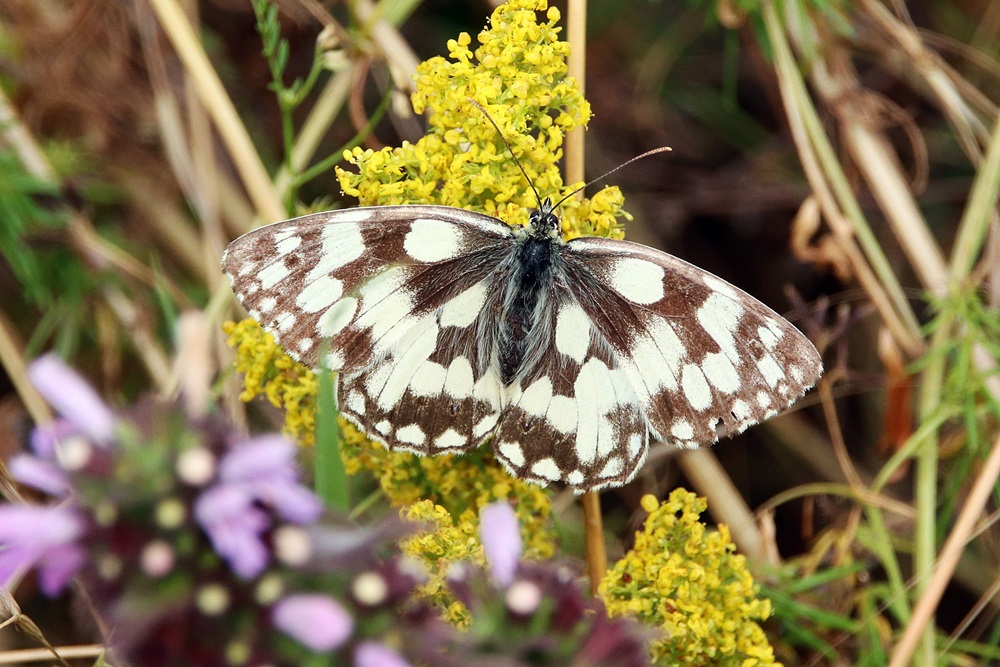 The marbled white (Melanargia galathea) can be observed particularly frequently from June to July on the colorful blooming, dry-warm meadows in the southeastern part of the technology park.
The marbled white (Melanargia galathea) can be observed particularly frequently from June to July on the colorful blooming, dry-warm meadows in the southeastern part of the technology park.
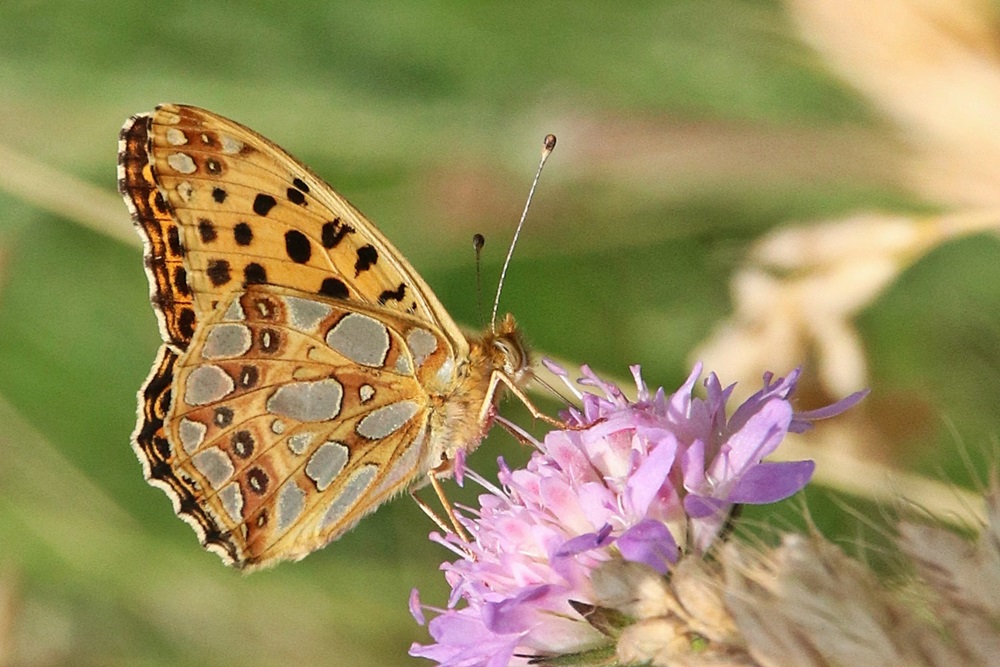 The Queen of Spain fritillary (Issoria lathonia) also belongs to the group of butterflies that fly in from the south every year. The caterpillars feed on wild types of violets.
The Queen of Spain fritillary (Issoria lathonia) also belongs to the group of butterflies that fly in from the south every year. The caterpillars feed on wild types of violets.
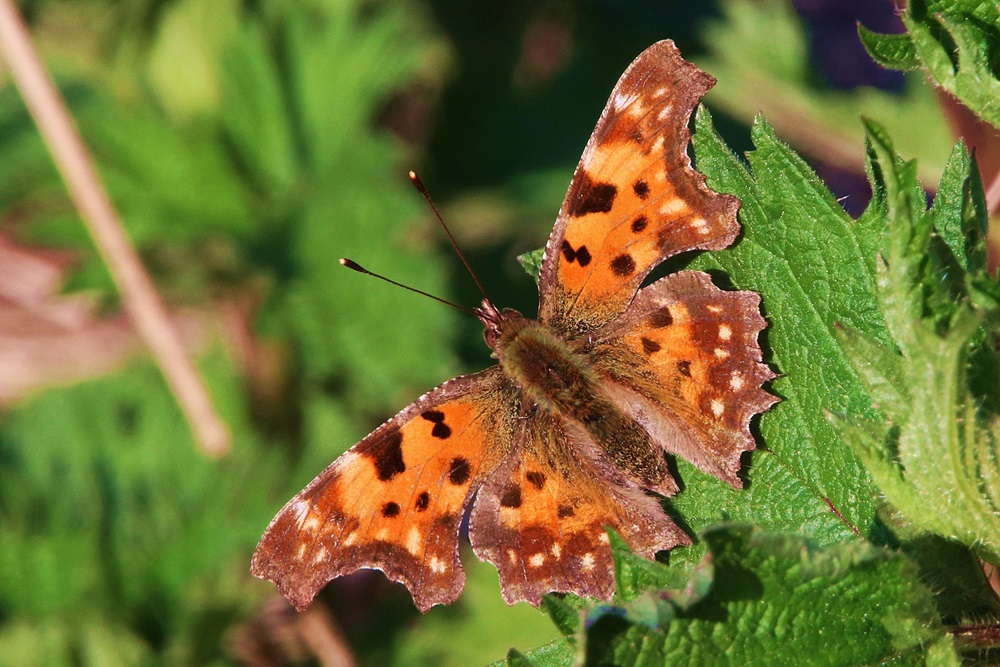 The Comma (Polygonia c-album) flies mainly in the margins of woody areas, where the females lay their eggs on nettles, hazelnut bushes or goat willows. Among the native butterflies, the Comma has unique, deeply incised and strongly serrated wing edges, which give it a tropical look.
The Comma (Polygonia c-album) flies mainly in the margins of woody areas, where the females lay their eggs on nettles, hazelnut bushes or goat willows. Among the native butterflies, the Comma has unique, deeply incised and strongly serrated wing edges, which give it a tropical look.
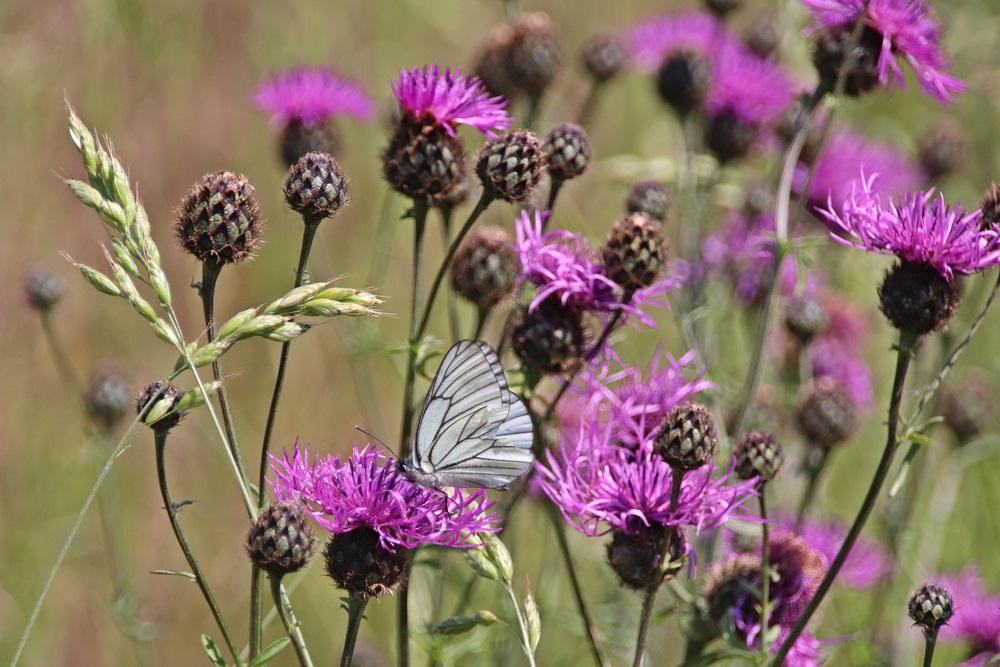 The black-veined white (Aporia crataegi) inhabits biotopes that are loosely covered with shrubs, including orchards. Since his caterpillars feed on cultivated fruit trees in addition to wild rose plants, he was formerly considered a garden pest. Due to its size and the black drawn veins, it is unmistakable among the native species.
The black-veined white (Aporia crataegi) inhabits biotopes that are loosely covered with shrubs, including orchards. Since his caterpillars feed on cultivated fruit trees in addition to wild rose plants, he was formerly considered a garden pest. Due to its size and the black drawn veins, it is unmistakable among the native species.
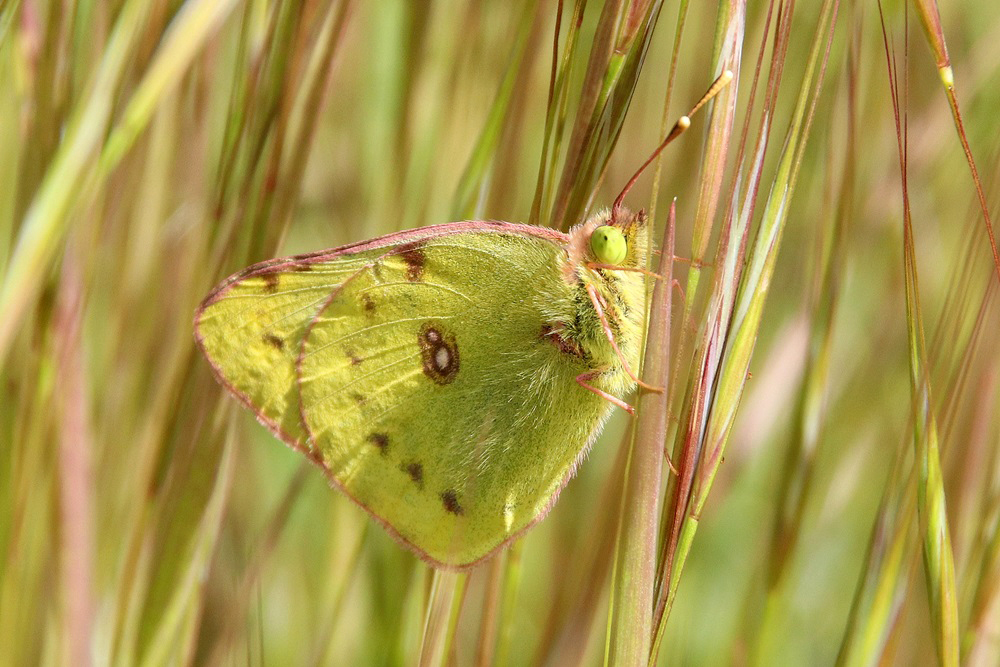 The stocks of the pale clouded yellow (Colias hyale-alfacariensis complex) have declined due to the loss of species-rich grasslands in Saxony-Anhalt. The caterpillars are dependent on the presence of various types of clover for their development.
The stocks of the pale clouded yellow (Colias hyale-alfacariensis complex) have declined due to the loss of species-rich grasslands in Saxony-Anhalt. The caterpillars are dependent on the presence of various types of clover for their development.
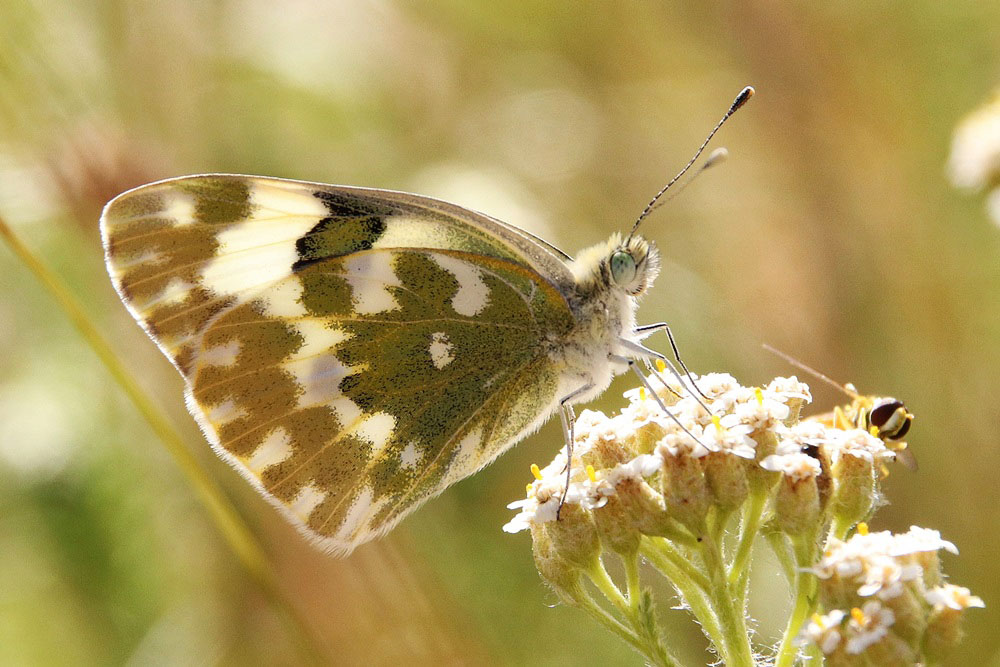 The eastern Bath white (Pontia edusa) is one of the butterflies that fly in irregular intervals from the south to Central Europe. In our latitudes, the species produces several generations. The caterpillars feed on various cruciferous plants.
The eastern Bath white (Pontia edusa) is one of the butterflies that fly in irregular intervals from the south to Central Europe. In our latitudes, the species produces several generations. The caterpillars feed on various cruciferous plants.
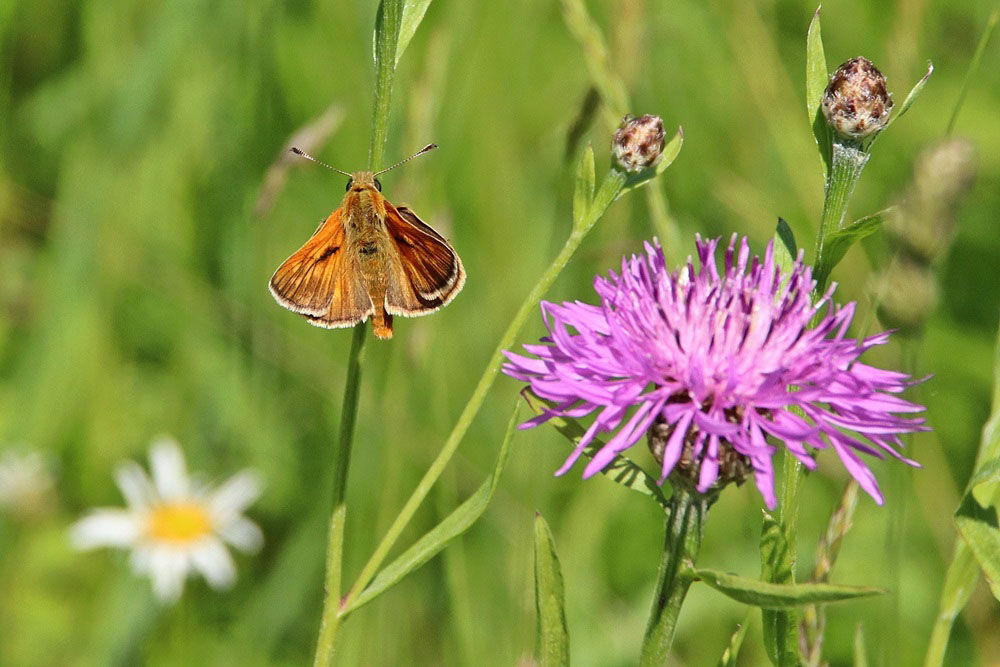 Large skippers (Ochlodes sylvanus) colonize a wide range of dry and moist biotopes, where the caterpillars feed on various sweet grasses. At the end of June, individual specimens of these little butterflies flew on the colorful flowering beaver meadow on the banks of the Kleine Sülze creek.
Large skippers (Ochlodes sylvanus) colonize a wide range of dry and moist biotopes, where the caterpillars feed on various sweet grasses. At the end of June, individual specimens of these little butterflies flew on the colorful flowering beaver meadow on the banks of the Kleine Sülze creek.
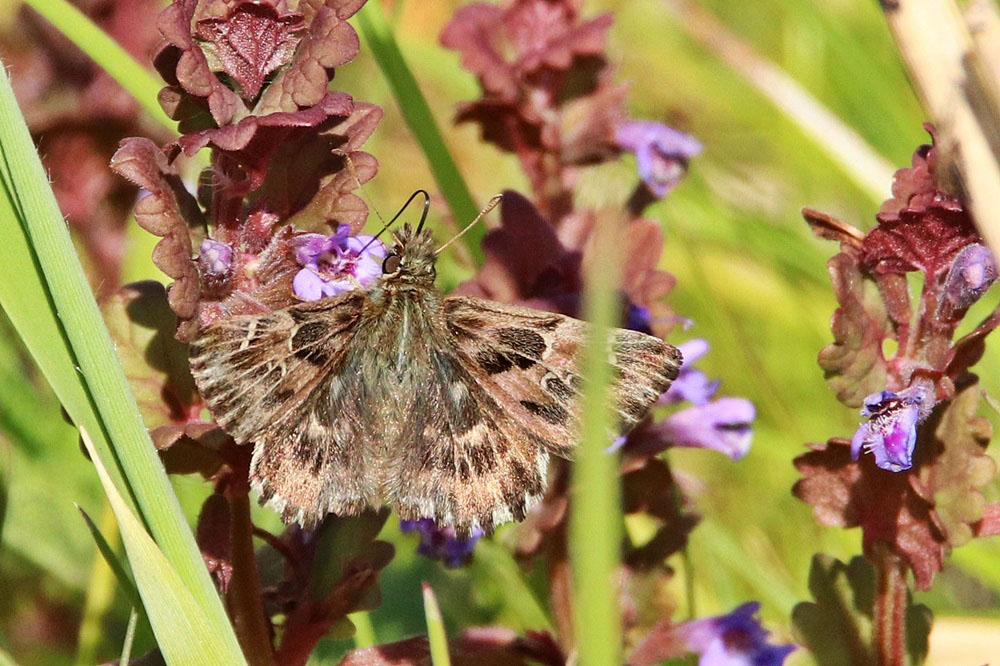 The heat-loving mallow skipper, (Carcharodus alcae) is one of the endangered species in Saxony-Anhalt (Red List Cat.3). Sunny stands with mallow plants are a prerequisite for the development of the caterpillars.
The heat-loving mallow skipper, (Carcharodus alcae) is one of the endangered species in Saxony-Anhalt (Red List Cat.3). Sunny stands with mallow plants are a prerequisite for the development of the caterpillars.
Text and photos:
